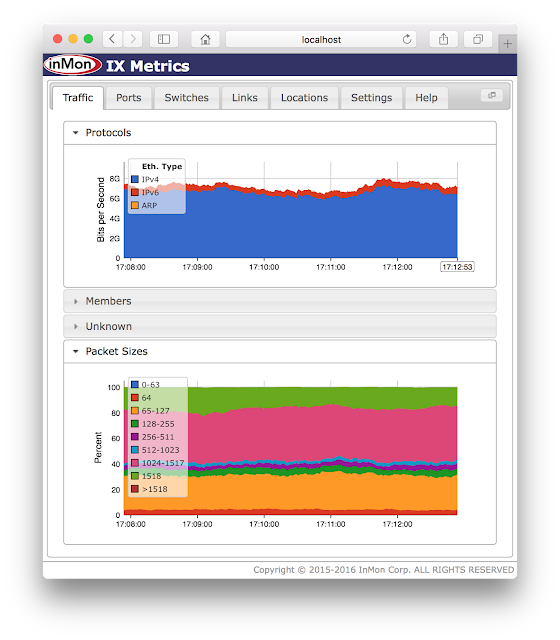Creating a Pure Play Networking Company for the Digital Transformation Era
Today Brocade and Ruckus Wireless have taken an important step toward our joint vision of creating a new type of networking company - a company with the strategy, products, talent, and focus needed to deliver the solutions that customers need in order to thrive in today’s era of digital transformation. We’re very excited to let you know that this morning we announced Brocade’s intention to acquire Ruckus, a pioneer in the wireless infrastructure market.
The combination of Brocade and Ruckus will create a pure-play networking company that has market-leading solutions spanning from the most critical part of the data center to the wireless network edge. Wireless technology is a critical element in modern, New IP network architectures. Ruckus’ wireless networking solutions will add a high-growth and highly complementary product category to Brocade’s current storage, data center, campus and mobility networking solutions. The combined company will be better positioned to deliver networks that are platforms for innovation for our customers.
The new company will start with an impressive leadership position in highly strategic areas that we plan to build from:
- #1 in storage area networking
- #1 in service provider Wi-Fi
- #1 in hospitality Wi-Fi
- #2 in data center networking
- #3 in Continue reading


